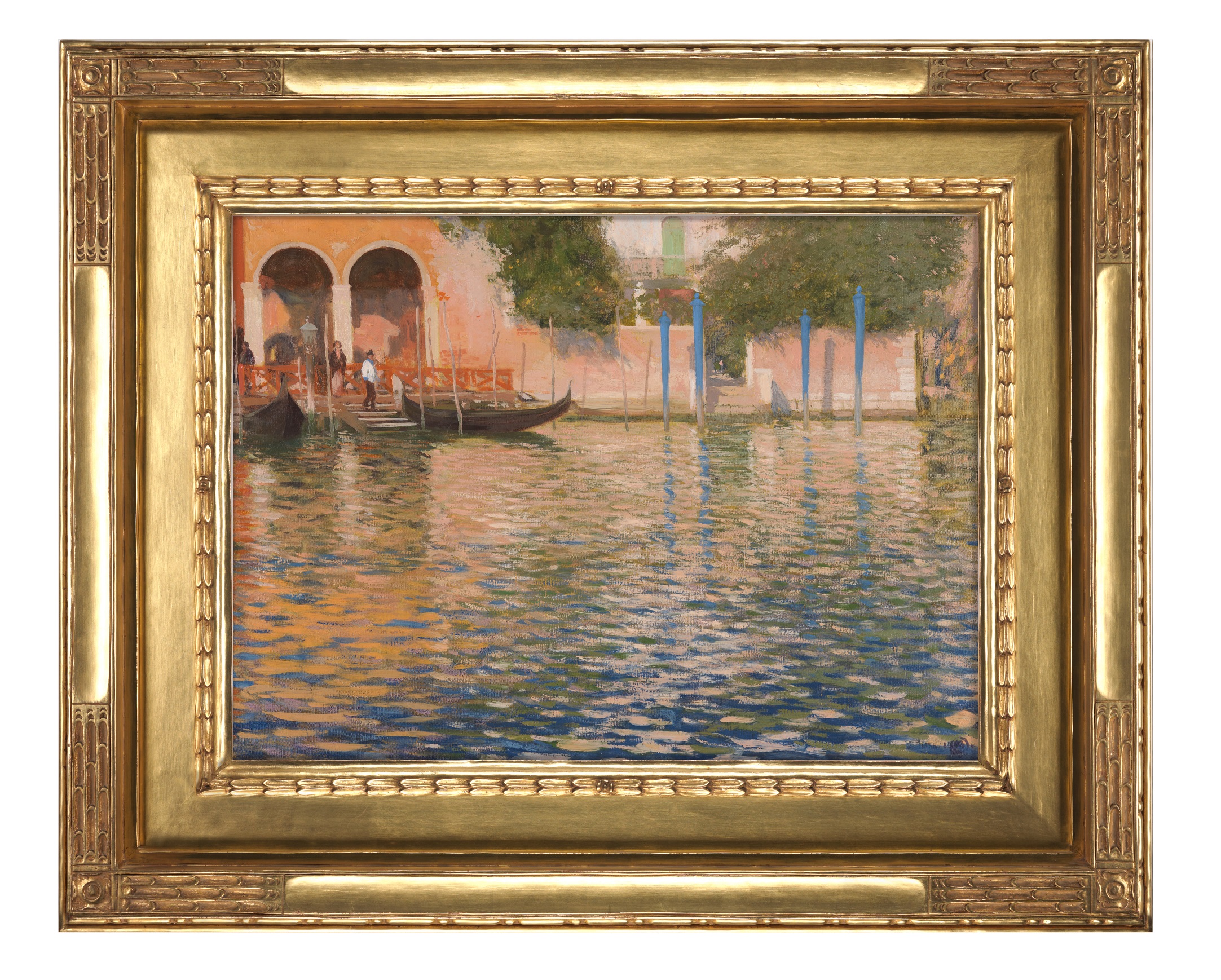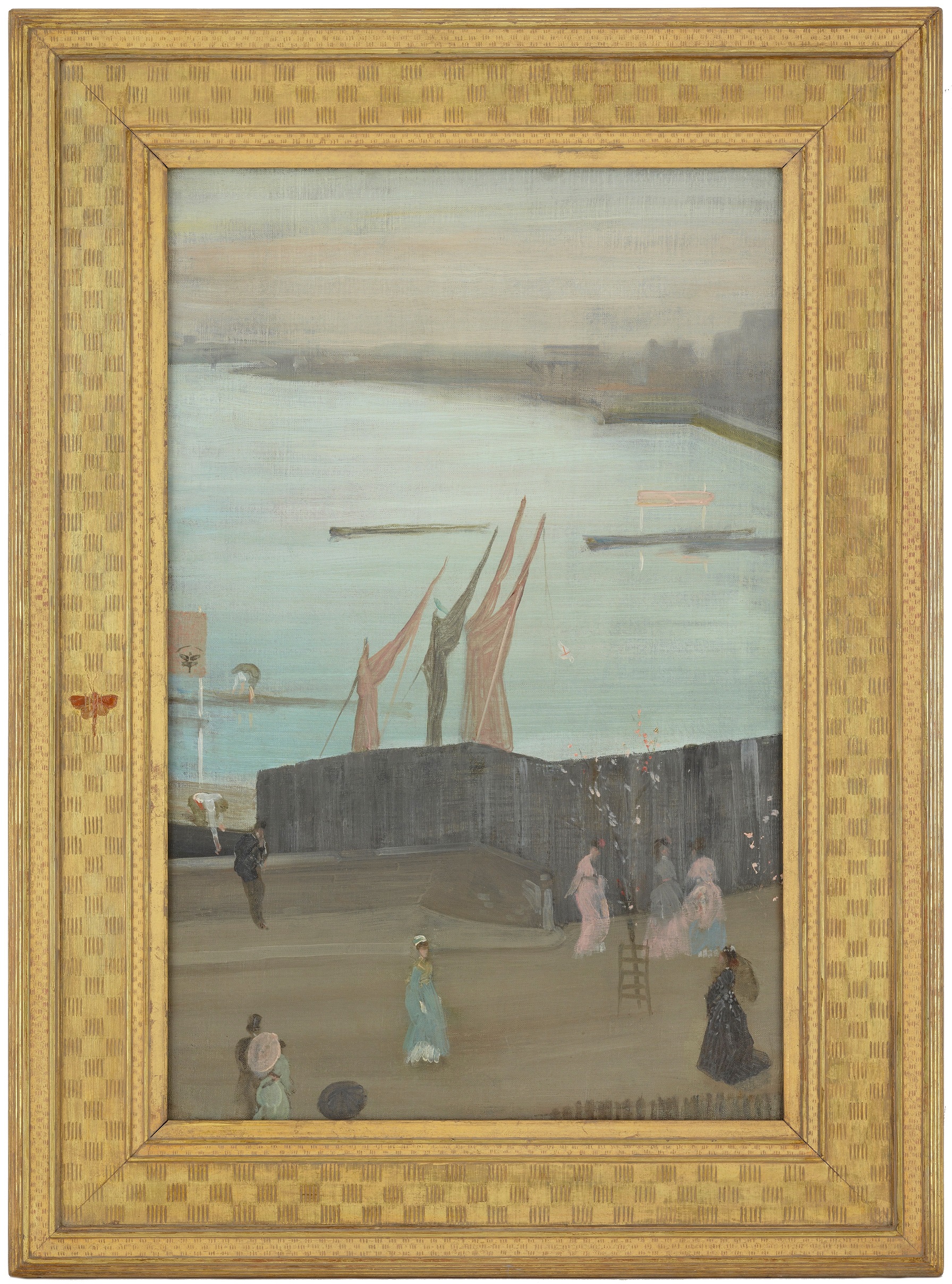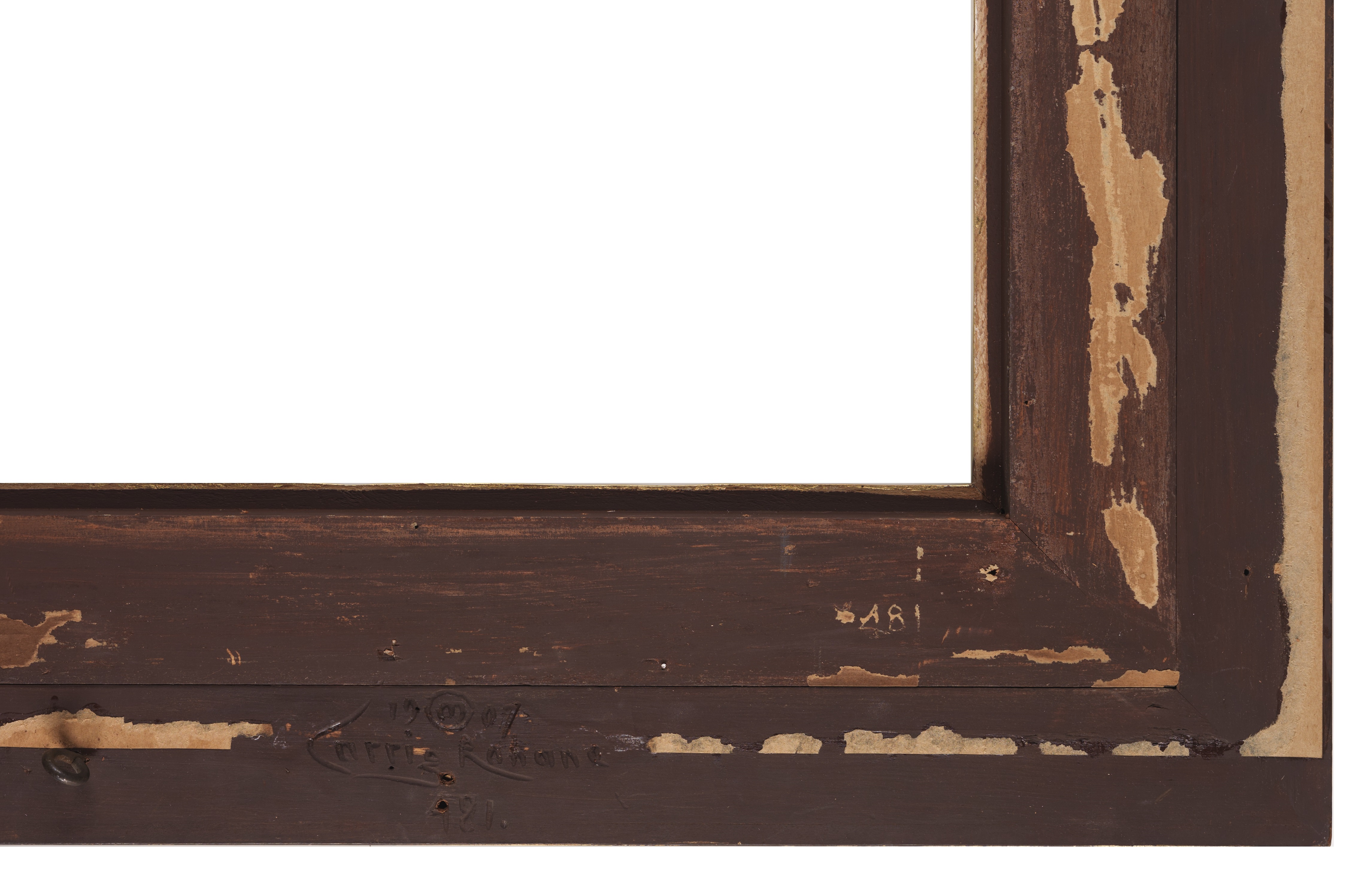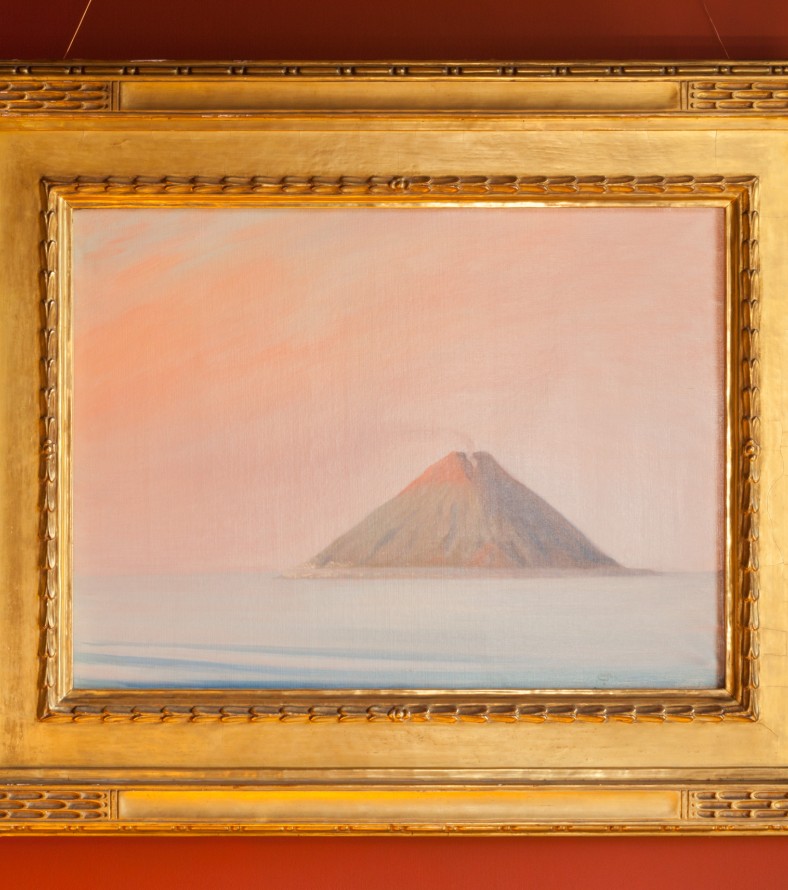 Eustis Estate
Eustis Estate
Venice
Hermann Dudley Murphy Hermann Dudley Murphy belonged to the generation of American artists who revered the art and ideas of James Abbott McNeill Whistler, the famous native of Massachusetts who moved to Europe in the 1850s and never returned. In his landscape and still life paintings, Murphy pursued the older man’s aesthetic of simple design and tonal harmony, creating visions less about reality than about the artist’s interpretation of what he saw.
Hermann Dudley Murphy belonged to the generation of American artists who revered the art and ideas of James Abbott McNeill Whistler, the famous native of Massachusetts who moved to Europe in the 1850s and never returned. In his landscape and still life paintings, Murphy pursued the older man’s aesthetic of simple design and tonal harmony, creating visions less about reality than about the artist’s interpretation of what he saw.

Murphy and his artist friend Charles Prendergast particularly admired Whistler’s belief that simple yet elegant frames should complement the pictures inside, in contrast to the garishly gilded, ornamental frames most often encountered during their era. In 1903 the pair opened a frame shop named Carrig-Rohane (Gaelic for “Red Cliff”) in Winchester, Massachusetts; it was named after the Irish town where Murphy’s father was born. Within two years, the business was successful enough to relocate to Boston, and by 1915, Murphy turned the day-to-day management over to his friend, the art dealer Robert Vose.


Paintings from the Eustis Estate
ComparisonsDuring the 1908 voyage when he painted this scene of Venice, Hermann Dudley Murphy also visited southern Italy. He was impressed by the horizon of the remote volcanic island of Stromboli, and his painting of it now hangs on the ground floor of Eustis Estate. Compare its serenity, simple design, and gentle coloring with the bolder tones and livelier brushwork in his vision of Venice upstairs.

Right: Hermann Dudley Murphy (1867–1945), Stromboli Landscape, 1908, oil on canvas, 31 1/2 x 38 ½ in., Gift of the Stephen Phillips Memorial Charitable Trust for Historic Preservation, 2006.44.665.
Learn more about Murphy’s painting Stromboli Landscape below.
Stromboli Landscape
Hermann Dudley Murphy (1867–1945) received his training at the Académie Julian in Paris where he learned about the work of expatriate artist James Abbott McNeill Whistler. Like Whistler, Murphy made the frame an integral part of his work. After he returned to Boston he established a successful career as an artist and also created a high-end frame-making shop. Murphy’s 1908 painting of the volcanic island Stromboli off the northern coast of Sicily is enhanced by its beautiful original frame.
Learning to Look

Most of us first look at a painting and see the overall image. We imagine being in the place where the artist was. Has the artist captured the mood of a rainy day in the city? What was the person in this portrait like? But we can also learn something by looking more closely at what’s on the canvas. How has the way the artist applied the paint enhanced the image? How does the composition direct your eye around the scene? How do the choices this artist made relate to those made by another artist?
Hermann Dudley Murphy’s gift for juxtaposing strokes of color is evident in this scene of Venice. This flickering effect—influenced by his absorption of Impressionist and Post-Impressionist aesthetics that had made their way from Europe to America—is completely different from the more hard-edged, firmly drawn vision of Venice conveyed by an unknown artist in this gallery.

Right: Unknown artist, Piazza San Marco, Venice, 1730–90, oil on canvas, 33 x 41 in., Gift of Dorothy S. F. M. Codman, 1969.849.
Murphy’s understanding of how colors interact was one factor in his later becoming the U.S. Shipping Board’s Chief Inspector for Camouflage during World War I. Hundreds of artists joined the American armed forces’ and merchant marine’s camouflage effort, applying their knowledge of nature and optics to the visual concealment of ships, tanks, and other objects.

